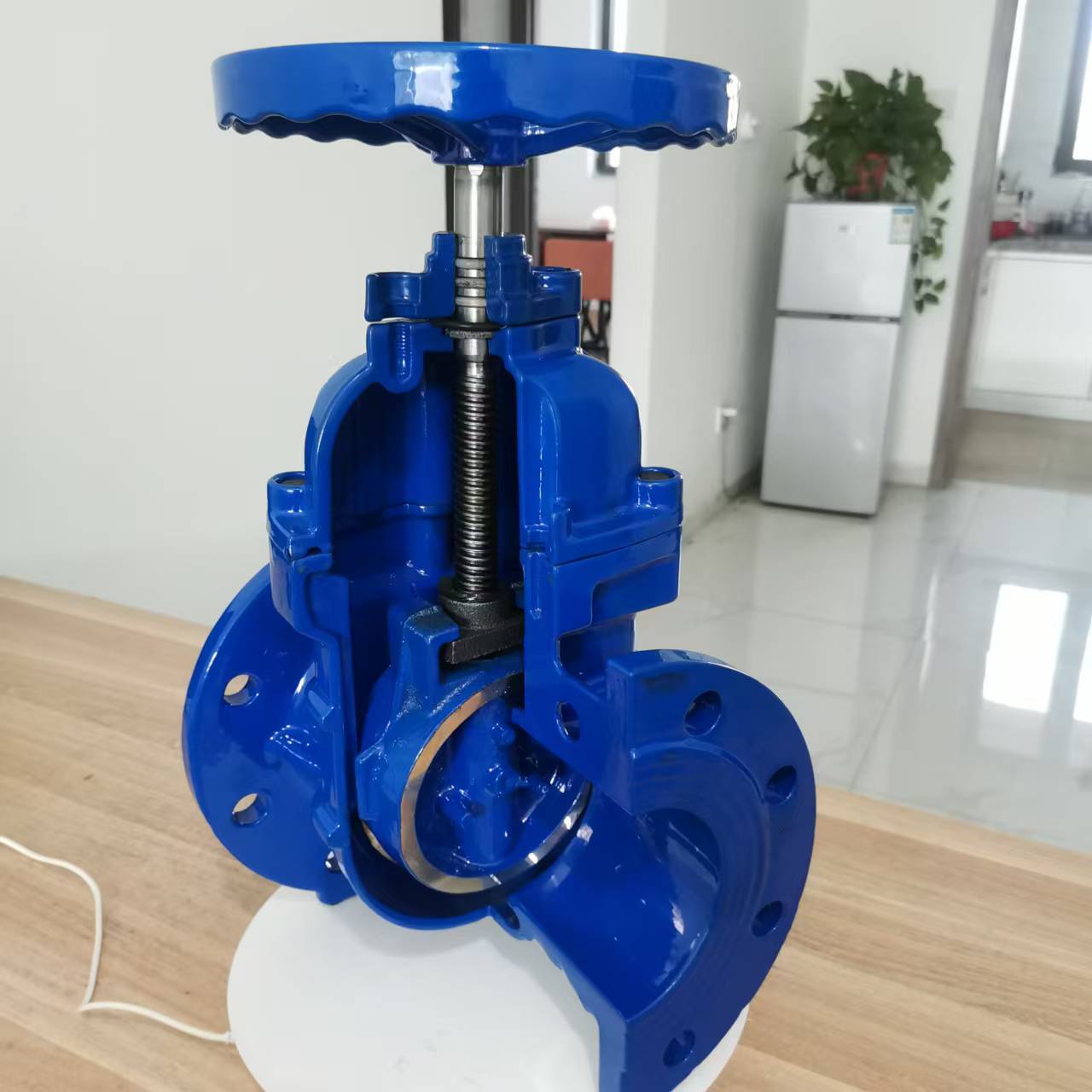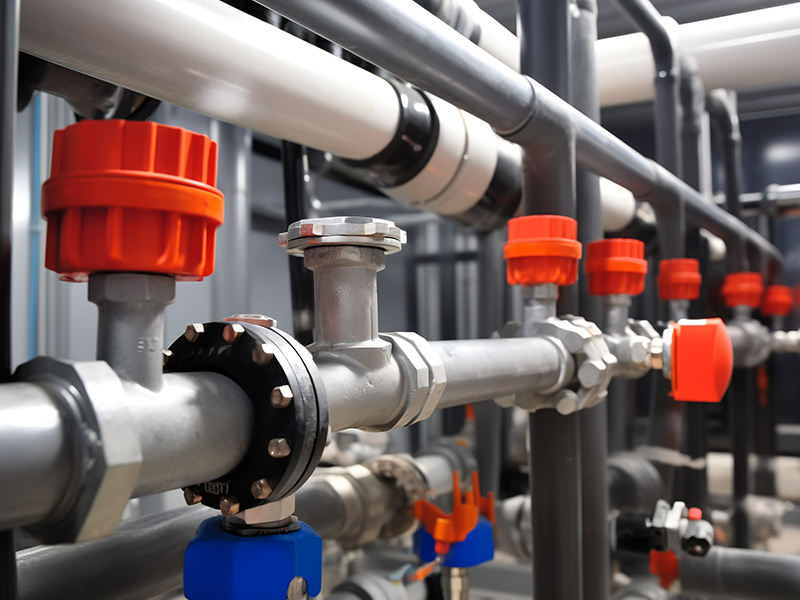The importance of copper sealing surface in hard sealed gate valves
Release Time:
Jul 29,2025
The importance of copper sealing surface in hard sealed gate valves

Hard sealed gate valves use copper (usually copper alloys such as tin bronze, aluminum bronze, naval brass, etc.) as the sealing surface material, mainly based on a series of key advantages provided by copper alloys under specific working conditions. These advantages make it an ideal choice for many common applications, especially in water, steam, oil, and non corrosive media.
The core purpose of using copper alloys (such as tin bronze, aluminum bronze, etc.) as the sealing surface for hard sealed gate valves is to balance sealing performance, wear resistance, anti bite performance, operability, and economy in working conditions that require metal metal sealing (excluding soft seals such as rubber/plastic). Its excellent anti bite ability (derived from self-lubricating, thermal conductivity, softness/embeddedness), good processability, and corrosion resistance to common media such as water and steam make it the preferred material for many non extreme working conditions.
Important Notice:
Copper sealing surface "refers to the key contact surfaces of the sealing pair (gate and valve seat) made of copper alloy material, rather than the entire gate or valve body. The substrate is usually cast iron, cast steel, or stainless steel.
Copper sealing surfaces are not suitable for all working conditions, especially when containing a large amount of hard particles, strong abrasives, or specific highly corrosive media (such as ammonia, sulfides). It is necessary to use more corrosion-resistant or harder sealing materials (such as stainless steel, Monel alloy, Stellite alloy, tungsten carbide, etc.).
For ultra-high temperature (>450 ° C), ultra-high pressure, or extreme corrosion conditions, copper alloys may not be the best choice.





